23 October 2013
The city of Leonia refashions itself every day: every morning the people wake between fresh sheets, wash with just-unwrapped cakes of soap, wear brand-new clothing, take from the latest model refrigerator still unopened tins, listening to the last-minute jingles from the most up-to-date radio.
Italo Calvino, Invisible Cities (chapter 7: Continuous cities, 1)
According to Baudrillard, the body of the postmodern human being is a system undergoing continual mutation. The self, in the age of short narratives, is reduced to corporeity: all of its definitions in philosophical or metaphysical terms have given way to a merely operational one—there is no more room for the soul, there is no longer any need for transcendence. “Our being is exhausting itself in molecular linkings and neuronic convolutions,” declares the philosopher: we are nothing but “potential mutants,” described by a genetic and cerebral code open to unpredictable configurations. This bionic and posthuman body is seen by Baudrillard as the consequence of a process of degeneration that leads to the proliferation of prostheses-metastases—a cancer that afflicts a liquid body, lacking boundaries and preestablished identities.
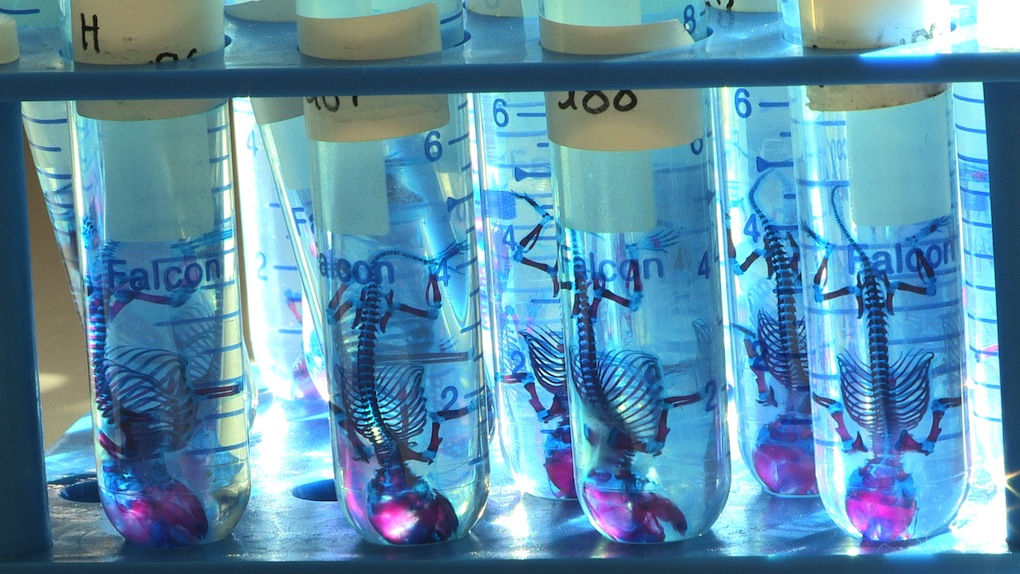
Ali Kazma, Resistance, 2013.
Ali Kazma, the artist who is the protagonist of the Turkish pavilion, does not seem to go along with Baudrillard’s catastrophism. Resistance, the title of his ambitious video-installation at the Arsenale, reflects on the concepts of body, limit and identity at the height of the postmodern era. The videos were made by the artist over the space of about a year, in various cities of the world, including Paris, London, Berlin, Istanbul and New York. The work presents a cross-section of the practices and interventions to which the human body is subjected today: body-building, tattooing, bondage, surgical operations, artificial prostheses, robotic experiments. Kazma’s video camera documents and examines the “mutant” body of which Baudrillard speaks—an apparatus in constant evolution, a symbiosis of natural and artificial whose attributes are renewed in an incessant flow. However, rather than a sick and corrupted body, the one filmed by the artist is an intrepid, daring body: it becomes a means of resistance, a device destined to overcome the limitations and constrictions imposed on it by nature and culture.
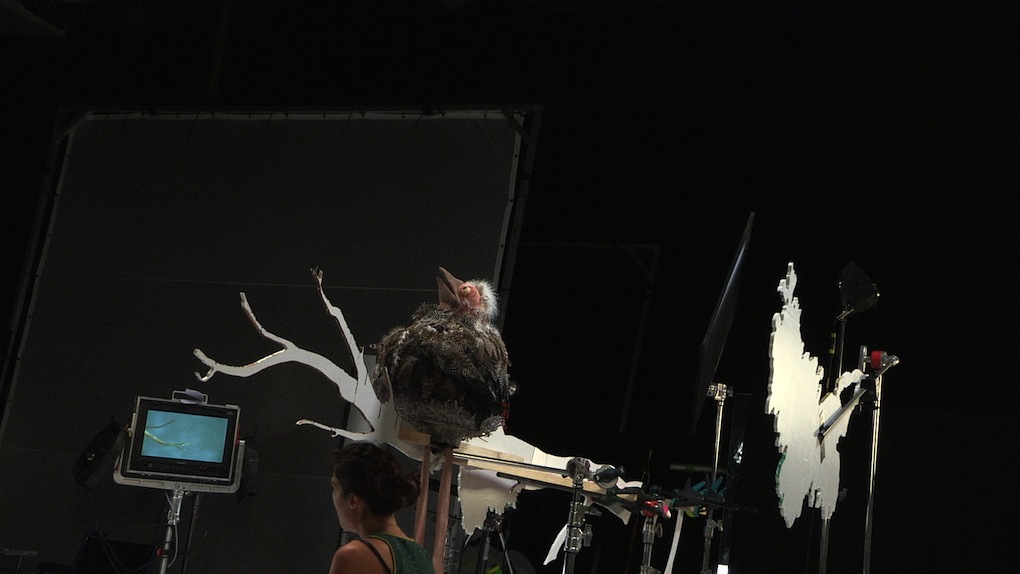
Ali Kazma, Resistance, 2013.
What Ali Kazma has carried out is not a mere anthropological investigation. On close examination, it assumes the traits of a political reflection. The resistance to which the artist alludes is that of a struggle: the human being’s struggle against social restrictions and cultural impositions, in an effort to attain full individual freedom. And in this battle the body— strengthened, transformed, altered—becomes a symbol of dissent. The subtle political message of Resistance seems to be evoking recent developments in Turkish history: inevitably the Occupy Gezi movement springs to mind. How can one avoid thinking of the resistance of the citizens of Istanbul against government forces in Taksim Square, last spring? Kazma’s installation is an invitation to persevere, to struggle and resist: through what is most intimate and familiar to us—our body.
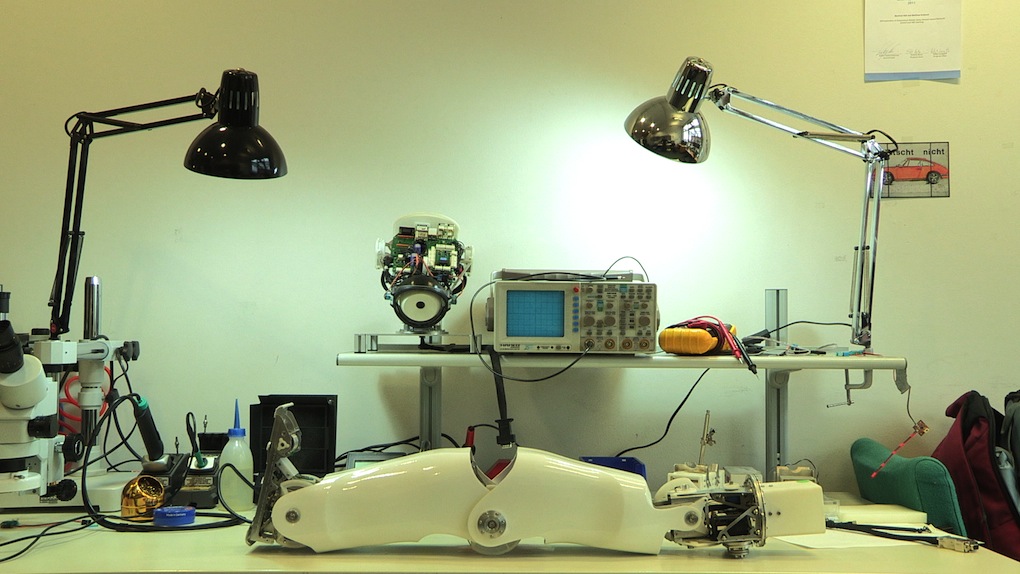
Ali Kazma, Resistance, 2013.
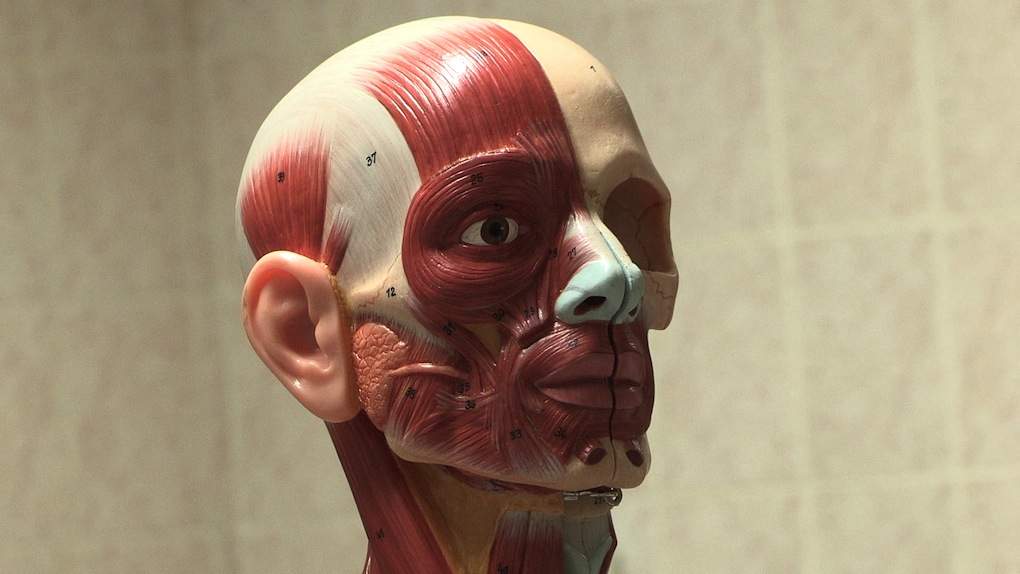
Ali Kazma, Resistance, 2013.
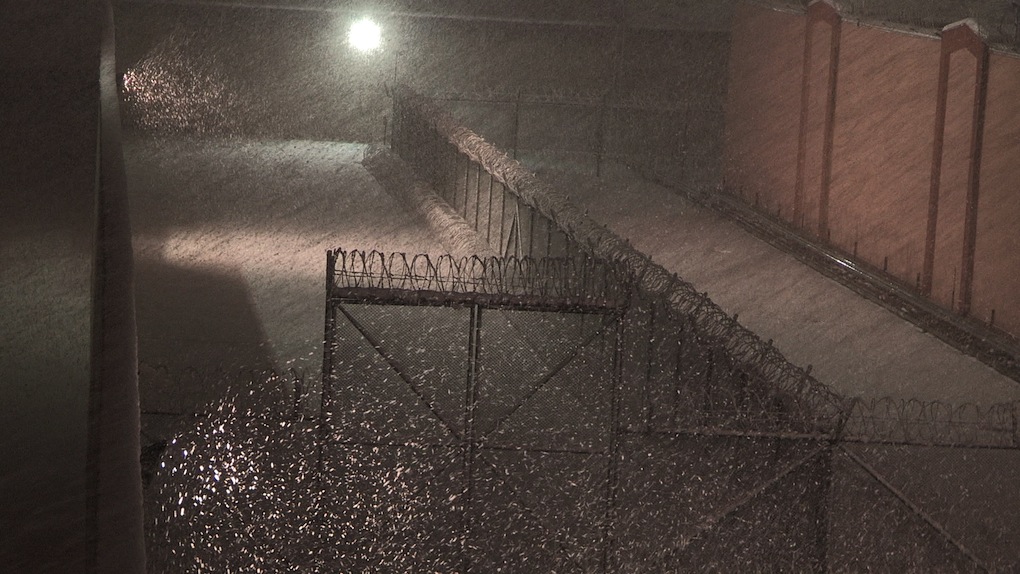
Ali Kazma, Resistance, 2013.
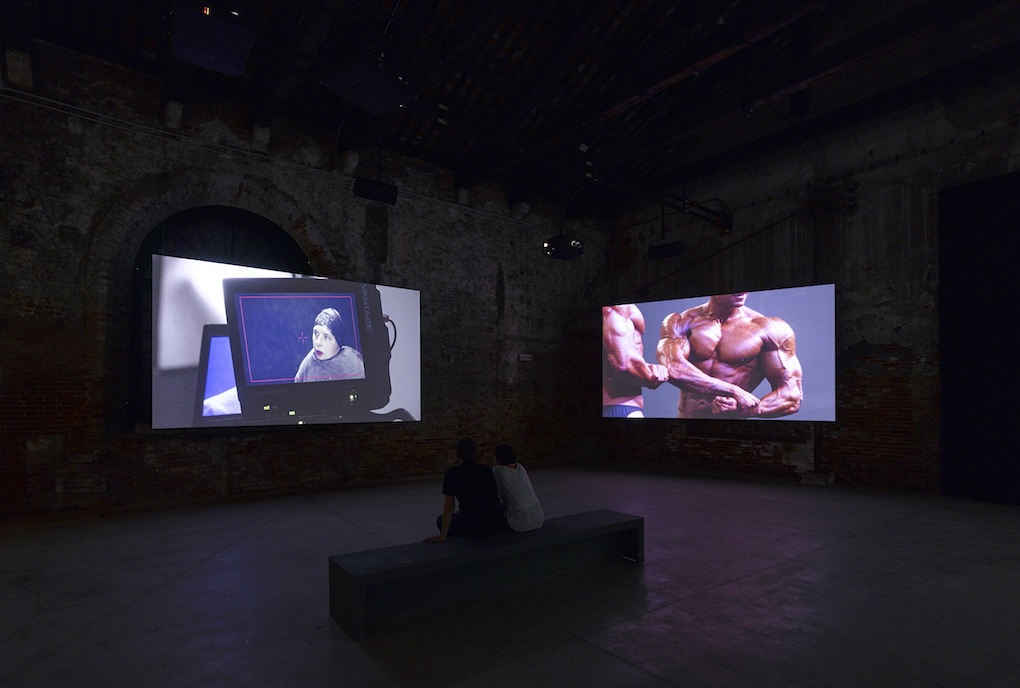
Ali Kazma, Resistance, 2013. Photo: Roman Mensing.
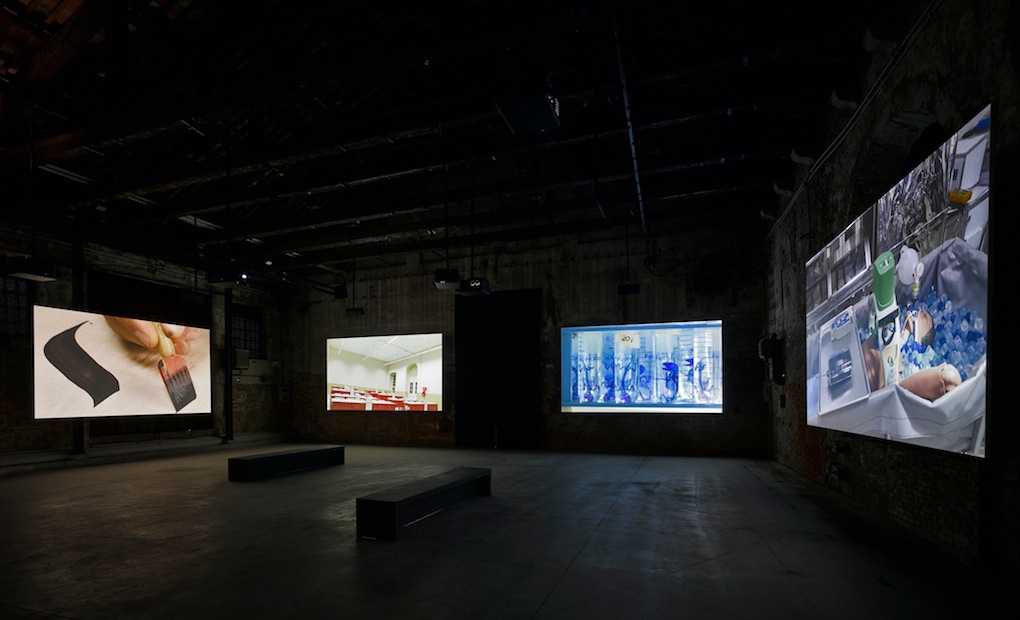
Ali Kazma, Resistance, 2013. Photo: Roman Mensing.
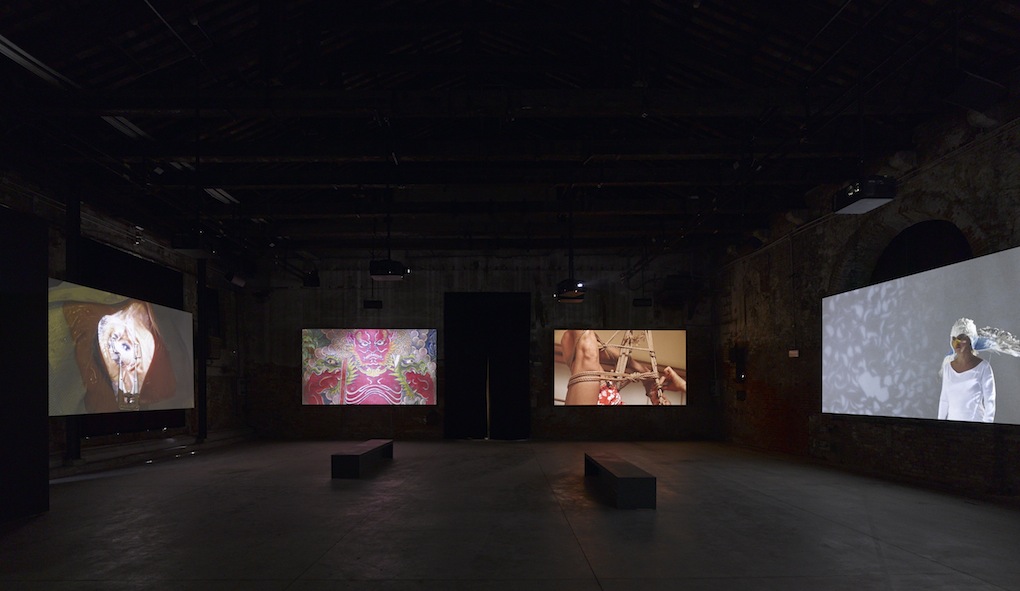
Ali Kazma, Resistance, 2013. Photo: Roman Mensing.
Follow Federico Florian on Google+, Facebook, Twitter.
By the same author:
ArtSlant Special Edition – Venice Biennale
Notes on ‘The Encyclopedic Palace’. A Venetian tour through the Biennale
The national pavilions. An artistic dérive from the material to the immaterial
The National Pavilions, Part II: Politics vs. Imagination
The Biennale collateral events: a few remarks around the stones of Venice